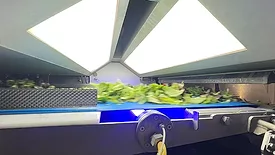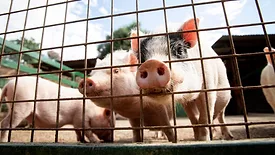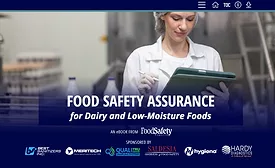Contamination Control
Sponsored Content
eBook | Food Safety Assurance for Dairy and Low-Moisture Foods
December 11, 2025
Never miss the latest news and trends driving the food safety industry
eNewsletter | Website | eMagazine
JOIN TODAY!Copyright ©2025. All Rights Reserved BNP Media.
Design, CMS, Hosting & Web Development :: ePublishing











